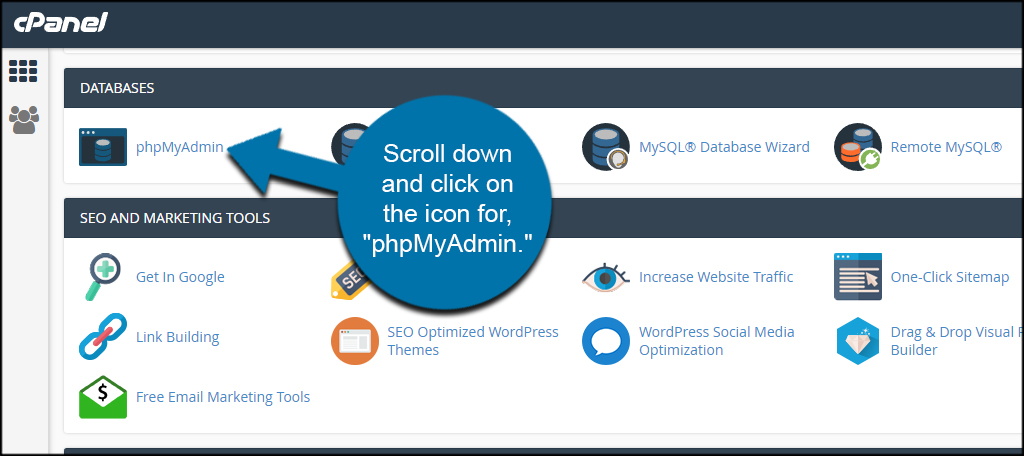
In the example above, both are set to Avada, which is the name of the theme currently active on the site. When the screen updates, scroll down the list of options until you find Template and stylesheet. At the top of the page, click the Number of rows dropdown menu and select 500 to expose the complete list of database records.ħ. Select the table called _options (in the example above, it’s wpjq_options, but your prefix will be different).Ħ. A list of database tables will be displayed. In phpMyAdmin, select your WordPress database from the list in the left sidebar.Ħ. Click the phpMyAdmin icon, found under Databases.Ĥ.

You can deactivate your plugins in one procedure using an FTP client or cPanel File Manager with the following steps. If you still experience the issue when all of your plugins are deactivated, move on to the next step. The simplest way to do this is to deactivate all of your plugins, then reactivate them one at a time until you notice the problem reoccur. If clearing your cache and cookies didn’t solve the problem, the next step is to find out if a specific plugin is creating the issue.

Restart your browser and then try to log in again. Check that your browser has cookies enabled – disabling cookies will prevent you from logging in. Start troubleshooting by clearing your browser cookies and cache. Like many web platforms, WordPress uses cookies for user authentication. In this article, we’ll walk you through the steps to troubleshoot WordPress login issues. A plugin or your theme files may also introduce configuration issues. htaccess file or an improperly configured Site URL. WordPress login issues, such as the page refreshing and redirecting when you try to access the site, are commonly caused by problems with the structure, your.


 0 kommentar(er)
0 kommentar(er)
